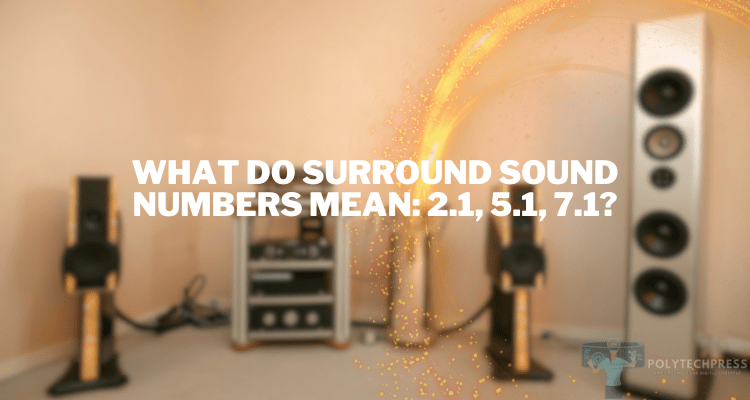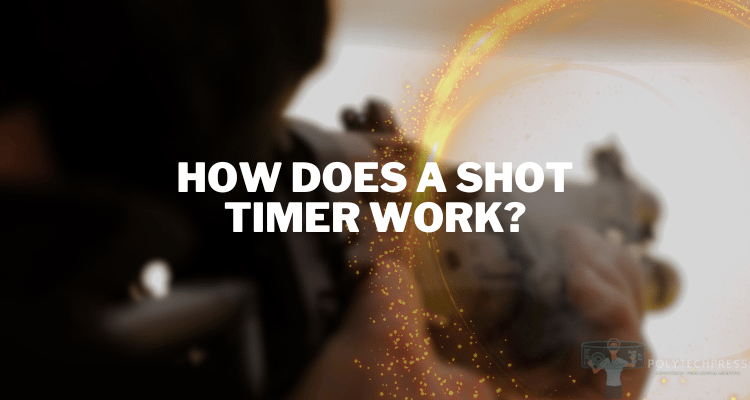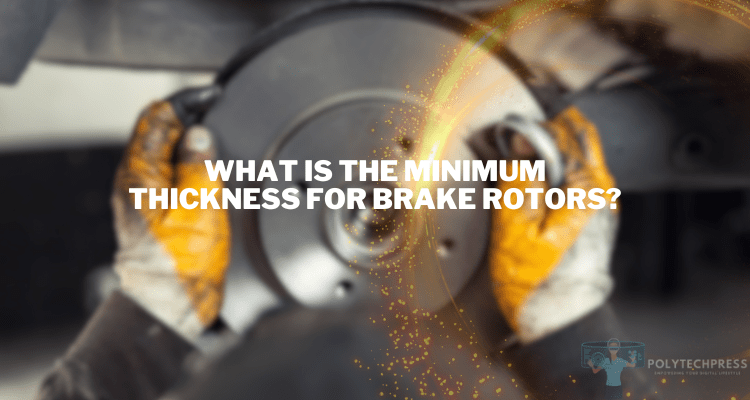Navigating the Cost Factors in Product Photography: Equipment and Resources
The product photography price is determined by numerous important factors that have a substantial impact on the overall cost. Prominent contributions include expensive gear, specialty lighting, and extras like backdrops and props. It is important for organizations and people to know these components in order to negotiate or understand the price for product photography.
Premium Equipment: A Significant Expense Aspect
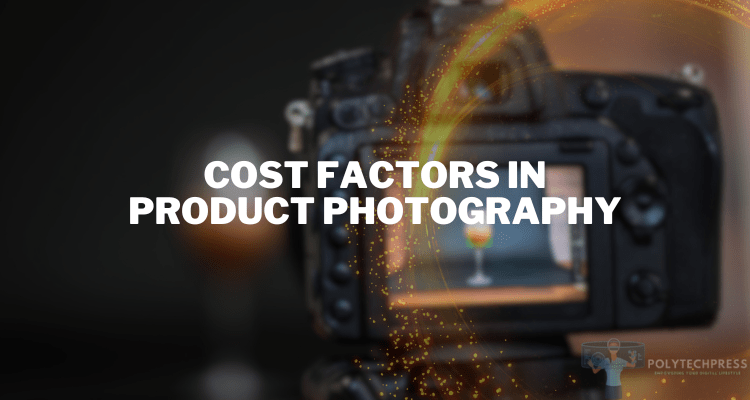
Quality of the Camera: In product photography, high-resolution cameras of the professional kind are essential. Expensive DSLR or mirrorless cameras are capable of capturing every detail of a product, but their price has a big influence on the total cost of product photography.
Variety of Lenses: Different product photos call for different lenses. The price for product photography is affected by the use of macro lenses for up-close shots, wide-angle lenses for bigger objects, and specialty lenses for special effects.
Lighting Kits: Proper illumination is essential. While they might be costly, advanced lighting tools like studio lights, softboxes, and umbrellas are essential to getting the right look in product photos.
Expert Lighting: Establishing the Ideal Ambience
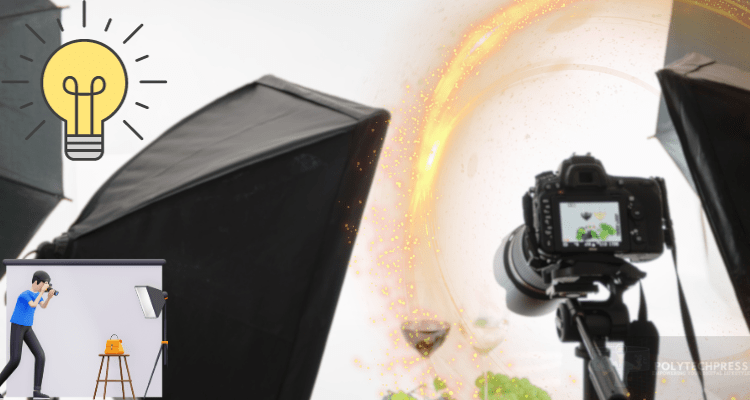
Soft Lighting: Specialized soft lighting equipment is utilized for items that need a soft, diffused light. This can add to the product photography price due to the need for specific softbox attachments or LED panels.
Hard Lighting: Hard lighting equipment is required to create dramatic effects with crisp shadows, and this may further affect the cost of product photography.
Color Temperature Control: Using filters and gels to adjust the color temperature may improve the product’s appearance, but the cost of these extras will also increase.
Using Backdrops and Props to Increase the Appeal of the Product
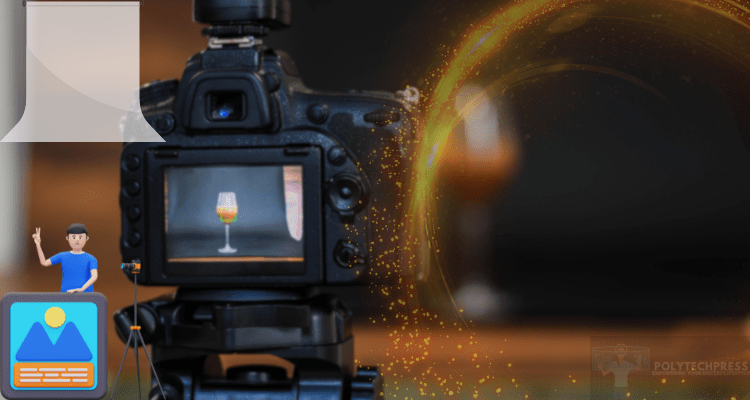
Background Diverseness From simple solid-color backgrounds to more elaborate thematic backdrops, the choice of background can vary widely in cost, affecting the product photography price.
Prop Selection: Props can play a significant role in styling a product shoot. However, sourcing unique or high-quality props can be costly and is a factor in the price for product photography.
unique settings: Creating unique settings or scenarios for certain items may be necessary, which raises the cost of photography overall.
Extra Materials
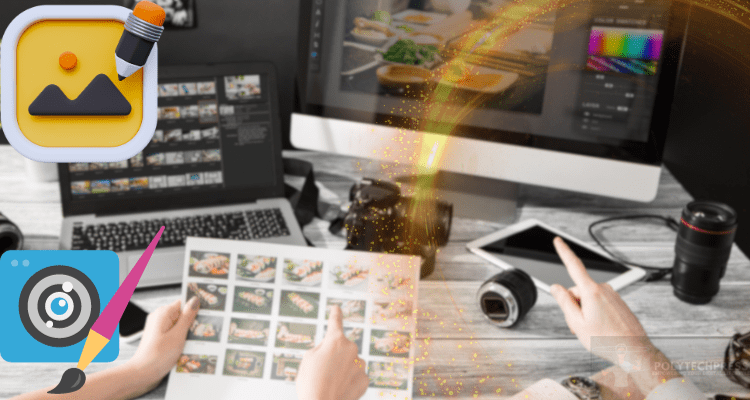
Editing Software: In product photography, post-production editing is a crucial stage. High-end software like Adobe Photoshop or Lightroom, while essential, adds to the product photography price.
Special Techniques: The price for product photography is affected by the use of techniques like 360-degree photography, macro photography, or HDR imaging, which call for specialized equipment and knowledge.
Photographer’s Expertise: A major factor in the cost is the photographer’s training and experience. Due of their experience and the superior quality of the results, skilled photographers with specialist equipment may charge greater costs.
In summary
Comprehending the many factors that influence the cost of product photography is essential for enterprises strategizing their marketing expenditures. High-end gear, specialized lighting, and extra materials like backgrounds and sets might raise the cost of product photography, but they are necessary to produce captivating, high-quality photographs that draw in customers and build brand value. As an investment in your brand’s visual identity and marketing plan, these considerations should be taken into account when assessing the price of product photography.


